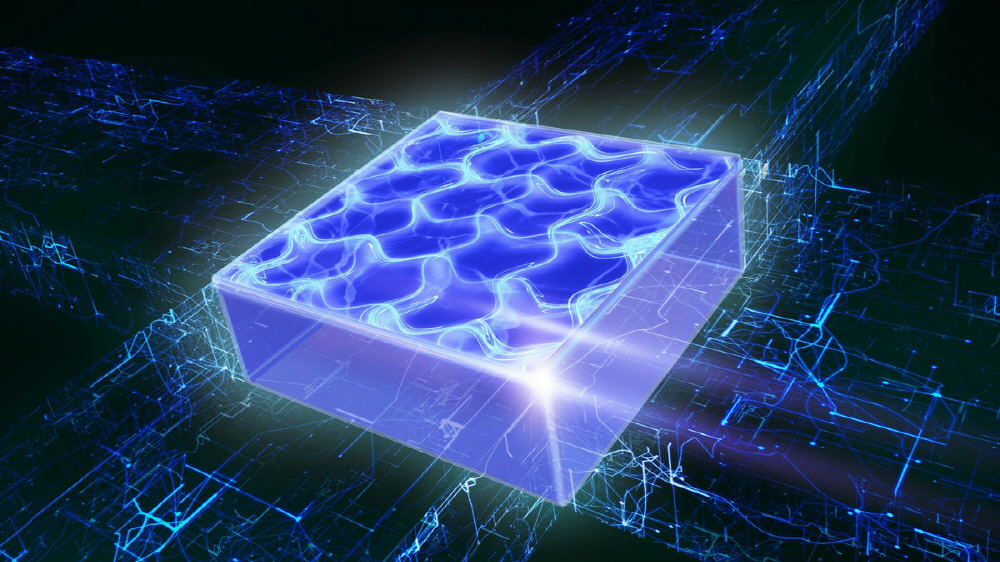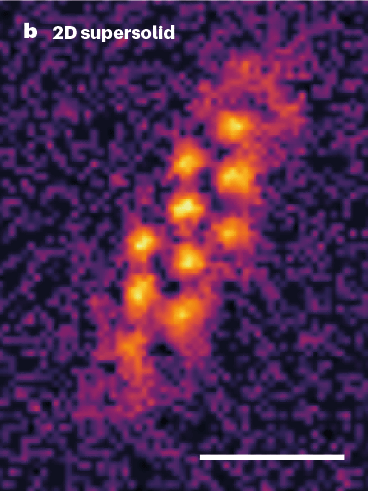
It is common knowledge that matter exists in three states, solid, liquid, and gas, in the world as we know it, but it has been confirmed that a state called supersolid that is both solid and liquid in the special environment of cryogenic temperature and high pressure exists. A research team at the Austrian Academy of Sciences Quantum Research Institute reported that they had successfully two-dimensionalized a new supersolid state.
Substances undergo a phase transition due to temperature or pressure. For example, liquid water transitions from solid to liquid at 0 degrees and from liquid to gas at 100 degrees. In response to such a phase transition, when cooled to near absolute zero of helium 4, a set of helium atoms exhibits wave response behavior, and it has been confirmed that the property of superfluidity appears in a fluid even though it is a solid.
What the new research team has achieved this time is supersolid two-dimensionalization. In 2017, a research team from the Zurich Institute of Technology and a research team from the MIT University of Technology reported that they each achieved a supersolid using cryogenic quantum gas, but the droplets formed by the supersolid atoms created by these experiments were one-dimensional in a row.

This research team cooled the 164 sets of dysprosium suspended with optical tweezers to near absolute zero by laser cooling, then loosened the optical tweezers a little, created a supersolid state with the highest energy atomic flow, and achieved supersolid two-dimensionalization.
Until now, there has been a problem in that it is difficult to determine whether a one-dimensional supersolid is actually in a supersolid state. However, two-dimensional supersolids can adopt a judgment method that investigates problems that were not possible in a one-dimensional state, so it is expected to develop related research by leaps and bounds. Related information can be found here.


















Add comment